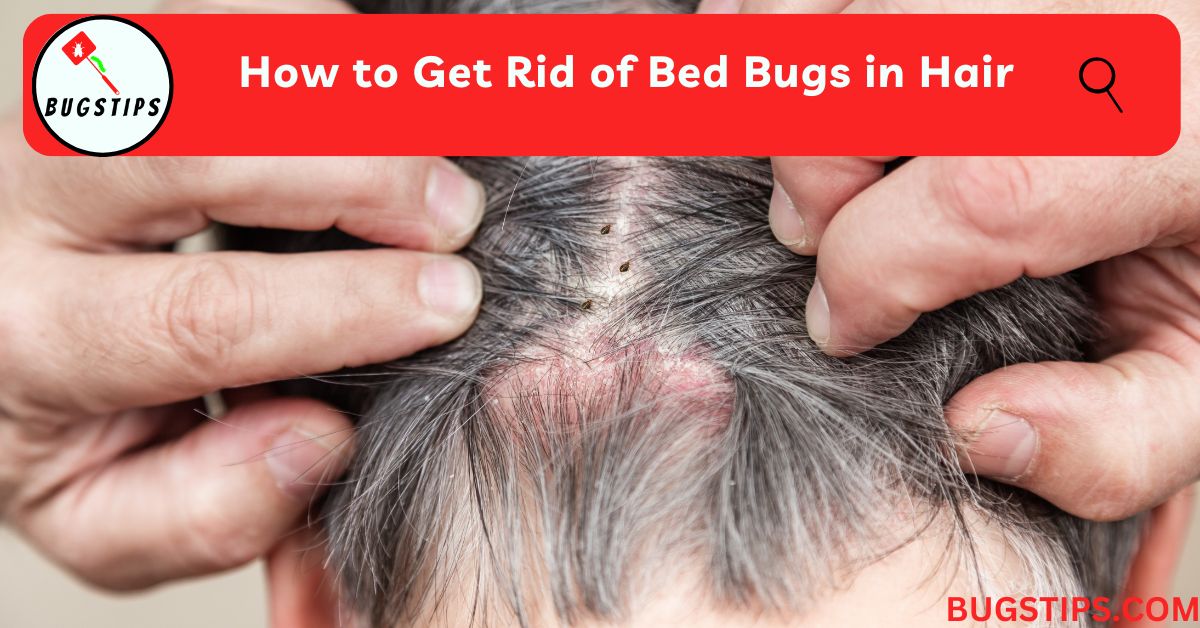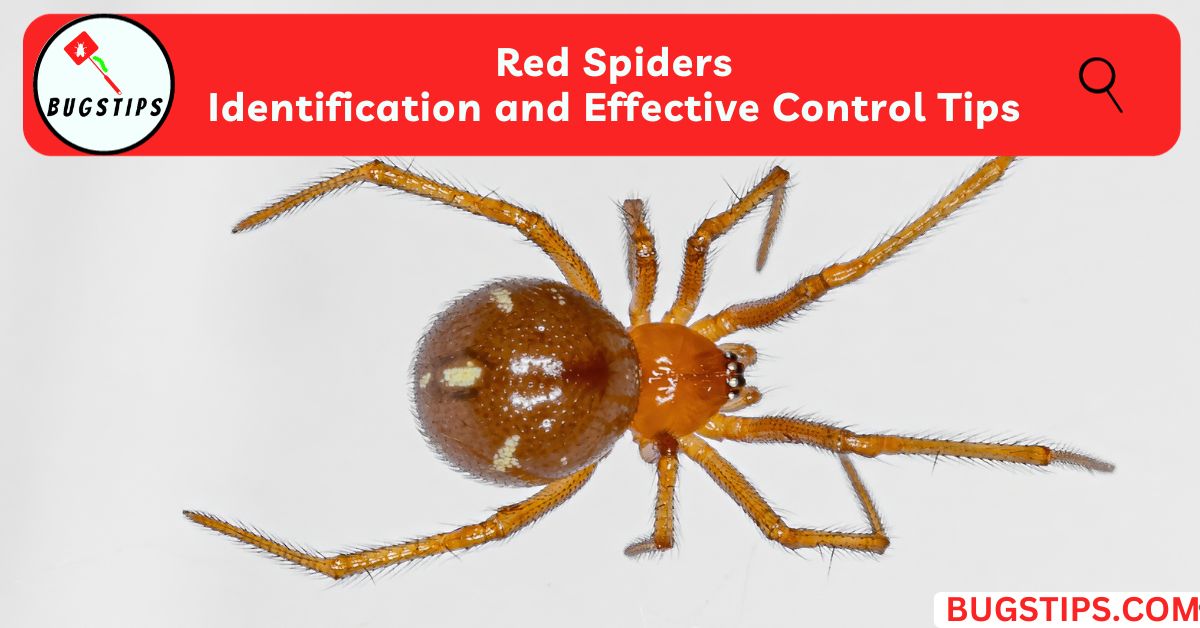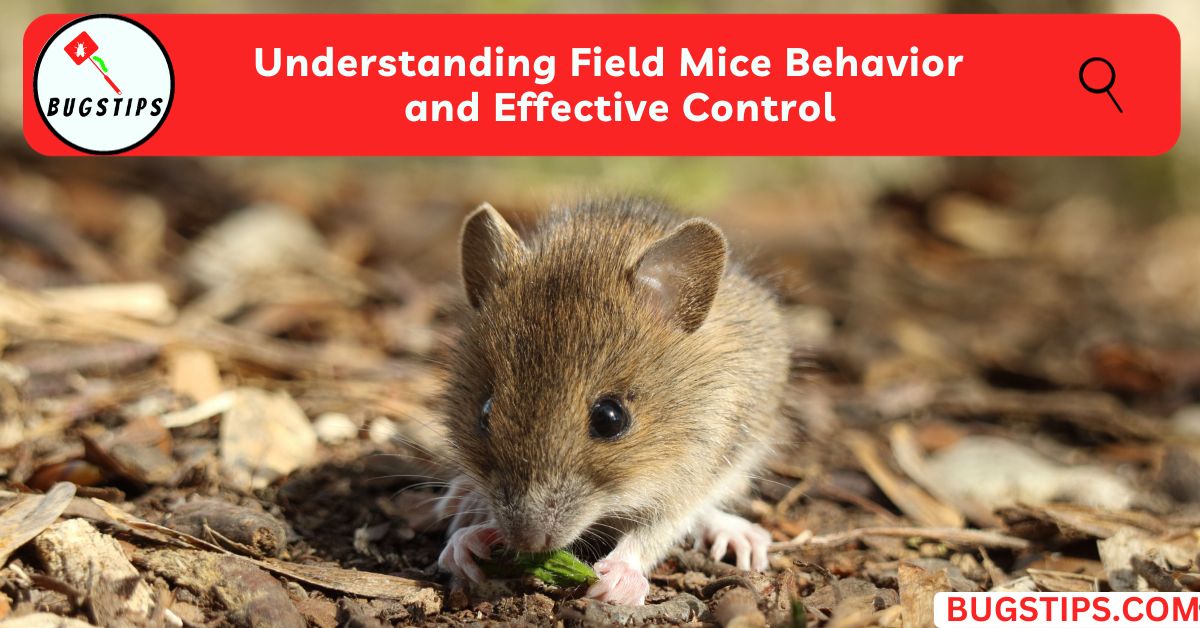This post may contain affiliate links which means as an Amazon Associate, this site may earn a small commission on qualified purchases made through links at no extra cost to you. Learn more on Affiliate Disclosure
Of all the strange things that cockroaches are known for, their ability to survive without a head has to be one of the most fascinating. It may seem like something out of a science fiction movie, but the truth is that headless cockroaches can continue to live for some time.
But how is this possible? How can cockroaches live without heads? How can a creature survive without such an important body part? The answer lies in the cockroach’s unique anatomy and survival mechanisms.
In this article, we’ll be exploring everything there is to know about how cockroaches can live without their heads. From the bizarre behavior of headless cockroaches to the scientific explanations behind their survival, we’ll cover it all. So, let’s get started and discover the incredible world of cockroaches living without their heads!
How Can a Cockroach Lose Its Head?
Cockroaches can lose their heads in several ways. One of the most common reasons is getting caught in traps, such as glue traps or snap traps set by humans to control the cockroach population in their homes or other buildings. These traps are designed to capture and kill the cockroaches, and if a cockroach gets caught in one, it may struggle to free itself, ultimately leading to decapitation.
Another reason why cockroaches may lose their heads is due to predation. Many animals including birds, lizards, and other insects feed on cockroaches. If a predator catches a cockroach, it may attempt to eat the head first, since it’s the most vulnerable and accessible part of the body. This can result in the cockroach losing its head in the process.
Regardless of how a cockroach loses its head, it’s important to note that they have a remarkable ability to survive without it. In the next sections, we’ll explore the fascinating ways in which cockroaches manage to live and thrive even after losing their heads.
What Happens When a Cockroach Loses its Head?
When a cockroach loses its head, its body reacts in several interesting ways. Without a brain to control its movements, the cockroach’s nervous system takes over and allows it to continue moving. A headless cockroach can still move around for several hours to even days, depending on its species and other factors.
Do Headless Cockroaches Bleed?
One common question people have about headless cockroaches is whether they bleed after losing their heads. The answer is no, they do not bleed like humans or other animals with a circulatory system.
Cockroaches have an open circulatory system, which means that their blood, called hemolymph, flows freely throughout their body cavity instead of being contained within blood vessels. When a cockroach loses its head, the wound quickly seals itself off, and the hemolymph coagulates to form a clot, which prevents any significant loss of fluid.
While the wound may appear to bleed initially due to the oozing of hemolymph, it is not a true bleeding process like in mammals, and the cockroach does not suffer from blood loss. Instead, the hemolymph acts more like a form of lymphatic fluid that helps transport nutrients and waste products throughout the body.
So headless cockroaches do not bleed in the same way that humans or other animals with a closed circulatory system do. Their hemolymph coagulates quickly to prevent fluid loss and acts more like lymphatic fluid than blood.
How a Headless Cockroach Can Breathe and Move?
After a cockroach loses its head, it can continue to move and even breathe for a short period. This is because cockroaches do not rely on their heads to breathe, as they have small openings called spiracles on their bodies that allow air to flow in and out.
The spiracles on a cockroach’s body are more efficient than the spiracles on its head. This means that a headless cockroach may even be able to survive longer without oxygen than a cockroach with its head intact.
As for movement, a headless cockroach can still move its legs and body muscles for a brief period after decapitation. This is due to a decentralized nervous system, which means that the nerve cells that control movement are located throughout the cockroach’s body, not just in the head.
However, without a brain to process information and send commands, the movement of a headless cockroach is erratic and uncoordinated. Eventually, the lack of coordination and direction will cause the cockroach to stop moving altogether.
How Cockroaches Live Without Heads
As we mentioned before, cockroaches can indeed live without their head. This is because they have nerve tissue clusters called ganglia distributed throughout their body segments. These ganglia can perform basic nervous functions responsible for reflexes, allowing the body to function in terms of simple reactions even without the brain.
But how exactly do they live without their head? Well, it’s important to note that the head of a cockroach is not responsible for breathing or circulating blood, which are vital functions for any living creature. Instead, the spiracles, which are small holes in the body segments, allow oxygen to enter the cockroach’s body. Additionally, the heart of a cockroach is located in the abdomen, allowing it to continue pumping blood even without the head.
Another fascinating aspect of how headless cockroaches can survive is their ability to regulate their water levels. This is done through a process called “cuticular transpiration,” where water vapor is released through their exoskeleton.
It’s important to note that even though headless cockroaches can survive for a short time, they are unable to perform complex behaviors such as finding food, mating, or avoiding danger. Ultimately, without a head, a cockroach will inevitably die due to starvation or dehydration.
You’ll Also Like – Fascinating Facts About Flying Cockroaches
How Long Can a Cockroach Live Without Its Head?
It’s a well-known fact that cockroaches are incredibly resilient creatures. They can survive in extreme conditions, such as nuclear radiation, and even without their head. But just how long can a cockroach live without its head?
Factors that affect a headless cockroach’s lifespan
According to Scientific American, headless cockroaches can live for weeks. This is because their breathing and circulation systems are not dependent on their head. However, several factors can affect a headless cockroach’s lifespan:
- Dehydration: A headless cockroach has no mouth to drink with and will eventually die from dehydration. This can happen in less than a week, depending on the environment.
- Food: While a headless cockroach can survive without its head, it cannot eat. This means that it will eventually die from starvation.
- Predators: Headless cockroaches are more vulnerable to predators, such as birds and rodents. This can significantly reduce their lifespan.
- Disease: Headless cockroaches are more susceptible to disease and infection, which can also shorten their lifespan.
So a headless cockroach can survive for a few weeks, but its lifespan will depend on several factors, including the environment, predators, and disease.
Can a Headless Cockroach Eat, Drink, and Function Normally?
It may seem impossible for a cockroach to survive without its head, but it can indeed live for a few weeks without it. However, they cannot function normally as they would with their head attached.
One of the most important functions that a headless cockroach cannot perform is eating. Without a head, they cannot consume food or drink water. They rely on their fat storage to survive, which can only last for a limited time.
Additionally, a cockroach’s body provides a lot of sensory information to the head, which is necessary for the brain to function normally. Without this input, the brain cannot function properly, and the cockroach cannot move as it would with its head attached.
It’s important to note that while a headless cockroach can survive for a few weeks, it is not a pleasant experience for the insect. They are unable to eat, drink, or function normally, and they will eventually die from starvation or dehydration.
Myth Busting: Can a Cockroach Live Forever Without Its Head?
There is a common myth that cockroaches can live forever without their heads, but this is not true. While it’s true that cockroaches can survive for a period of time without their heads, they will eventually die. Without a head, the cockroach cannot eat or drink, and it will eventually die of dehydration or starvation.
The misconception that cockroaches can live forever without their heads may stem from the fact that they can survive for longer periods without their heads than most other insects. This is due to their decentralized nervous system, which allows their body to continue functioning without input from the brain.
However, even though a headless cockroach can survive for a short time, it is still vulnerable to predators and other dangers. In addition, the wound from decapitation can become infected, which can lead to a faster demise.
So, while cockroaches are incredibly resilient and can survive under extreme conditions, the idea that they can live forever without their heads is a myth. Without their heads, they are still living creatures that require food, water, and a functioning body to survive.
You’ll Also Like – How Many Legs Do Cockroaches Have?
Can a Cockroach Regrow It’s Head?
It is a common misconception that cockroaches can regrow their heads after losing them. However, this is not true. Unlike some other animals, cockroaches cannot regenerate body parts or organs.
When a cockroach loses its head, it cannot regrow a new one. As we discussed earlier, cockroaches can live without their heads because of their distributed ganglia that allow for basic reflexes and simple reactions. However, they cannot survive indefinitely without their heads, as they still require certain bodily functions that are regulated by the brain, such as food intake and water balance.
In some cases, it may appear as though a cockroach has regrown its head, but in reality, what has actually happened is that the head was never completely removed. Sometimes, when a cockroach loses its head, a small portion of the brain may remain attached to the body, which can allow the insect to continue moving for a short period of time.
In conclusion, while cockroaches have remarkable survival abilities and can live without their heads for a short period of time, they cannot regrow their heads once they have been lost.
Do Headless Female Roaches Survive Longer Than Males?
There is no evidence to suggest that headless female roaches survive longer than males. Both male and female roaches can survive without their heads for several weeks, but the exact length of time depends on various factors such as temperature, humidity, and access to food and water.
One study conducted by researchers at the University of Arizona found that headless male roaches were more active and had higher metabolic rates than their female counterparts. However, this increased activity did not necessarily translate to longer survival times.
Another study published in the Journal of Insect Physiology found that male and female roaches had similar survival times after decapitation, but that the presence of food and water significantly increased their lifespan. The study also found that roaches with access to food and water were able to regenerate their heads and survive for even longer periods of time.
Overall, it seems that the gender of the roach has little to no effect on its ability to survive without a head. Other factors such as environmental conditions and access to resources are much more important in determining how long a headless roach can survive.
Are Headless Cockroaches a Danger to Humans?
While it is true that cockroaches can live without their heads, the question remains: are they a danger to humans? The answer is no, at least not any more than a regular cockroach with a head.
Cockroaches without heads are unable to bite or sting, as those functions are controlled by the head. Additionally, they are not able to transmit diseases to humans through their saliva or feces, as these functions are also controlled by the head.
However, it is important to note that headless cockroaches can still carry bacteria and other pathogens on their bodies, which can be transferred to humans if they come into contact with them. Therefore, it is still important to practice good hygiene and keep your home clean to prevent infestations.
While headless cockroaches may seem like a strange and unsettling phenomenon, they do not pose any additional danger to humans than their headed counterparts.
Is It Possible to Kill a Cockroach by Removing Its Head?
Well, the short answer is yes, it is possible. However, it’s not a guaranteed method of extermination.
When a cockroach’s head is removed, it doesn’t immediately die. The cockroach can continue to live for several days or even weeks without its head. This is because cockroaches have an open circulatory system and can breathe through small holes in their body segments. They can also continue to move and even respond to stimuli for a short period.
So, why isn’t removing a cockroach’s head a reliable method of killing it?
First of all, it's not a humane way to kill the insect. It can take several minutes or even hours for the cockroach to finally die, and during that time, it will likely suffer. And, removing the head doesn't necessarily prevent the cockroach from reproducing, as female cockroaches can store sperm for extended periods of time.
Related Artice – How to Get Rid of Cockroaches Without Killing Them
So while it is possible to kill a cockroach by removing its head, it’s not a recommended or humane method of extermination. There are more effective and humane ways to get rid of cockroaches, such as using bait or contacting a pest control professional.
Final Thoughts
It’s true that cockroaches can live without their heads for a short period of time due to their decentralized nervous system. This allows their body to continue functioning for several days or even weeks until they eventually die from dehydration or infection. Although it may seem like a creepy fact, it’s just one of the unique traits that these pests possess. Understanding their survival mechanisms can help us better combat and control their populations in our homes and environments.
FAQs
How many weeks can a cockroach live after its head is cut off?
Cockroaches can live for up to a week or two without their heads, depending on various factors such as the age and health of the cockroach.
Can a cockroach live forever without its head?
No, cockroaches cannot live forever without their heads. Eventually, they will die from dehydration or starvation, as they are not able to eat or drink without a mouth or digestive system.
Do headless cockroaches bleed?
Headless cockroaches do not bleed in the way that mammals do since they do not have a closed circulatory system with blood vessels. When their head is removed, some fluid may be expelled from the wound site, but it is not blood.
How do cockroaches breathe without a head?
Cockockroaches have a system of small tubes called tracheae that deliver oxygen directly to their cells. This system is not affected by the absence of a head, allowing the cockroach to continue breathing even without a head.
Resources – (for further reading)
Biology Discussion – Nervous System of Cockroach
North Dakota State University – Lab 12 – A study of the circulatory system in the cockroach
Scientific American – Fact or Fiction?: A Cockroach Can Live without Its Head
umd.edu – STUDIES ON THE PHYSIOLOGY OF HEMOLYMPH



